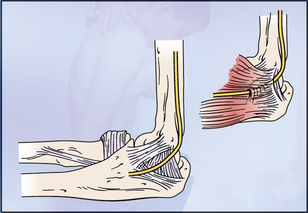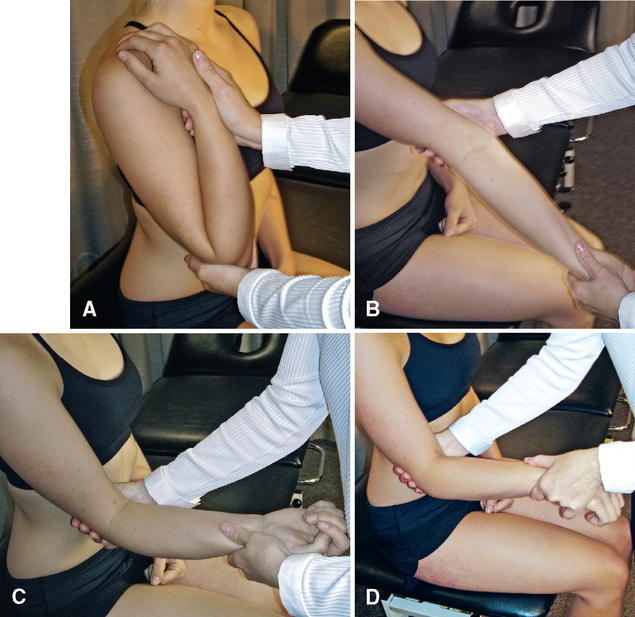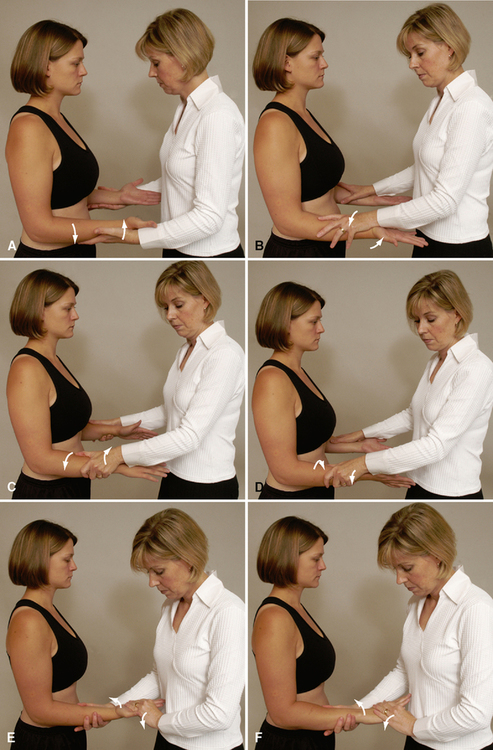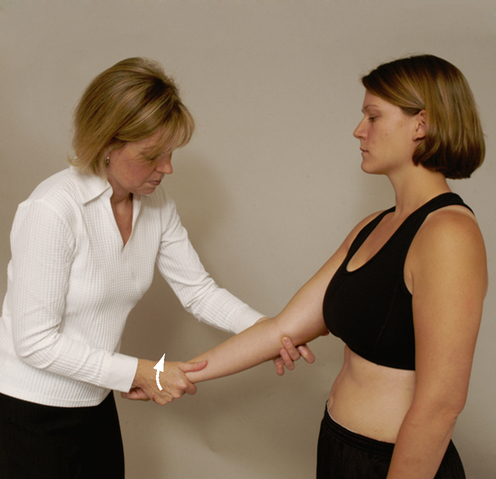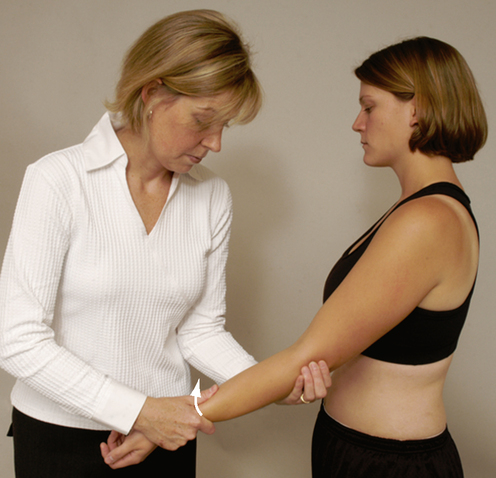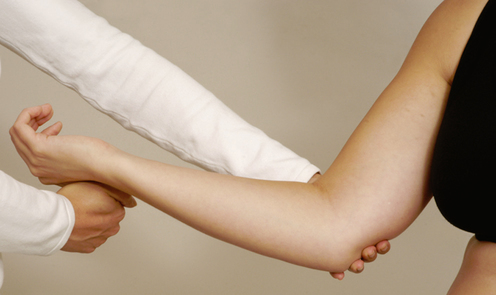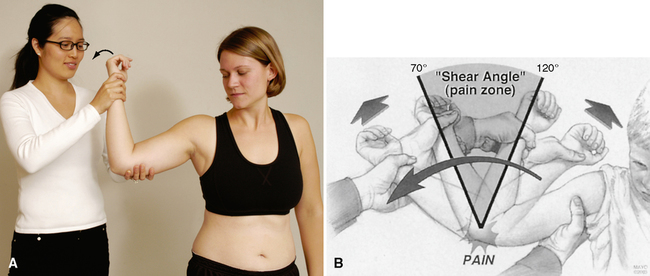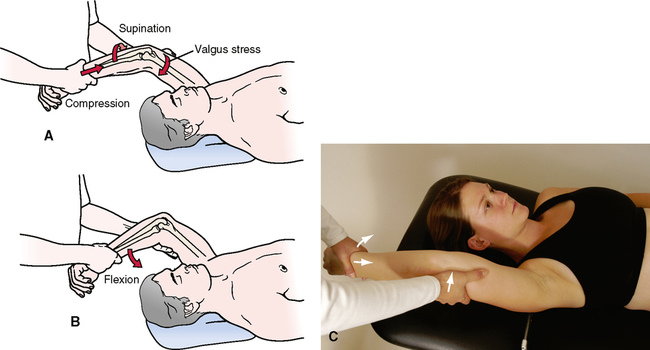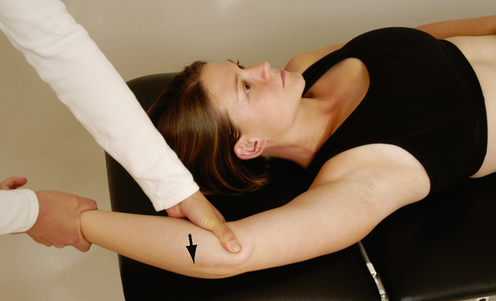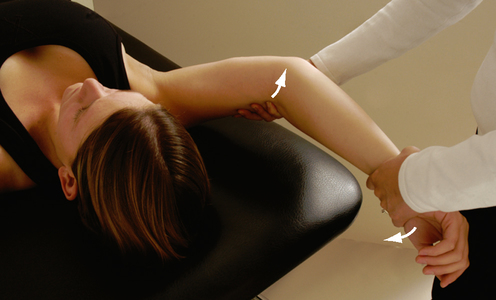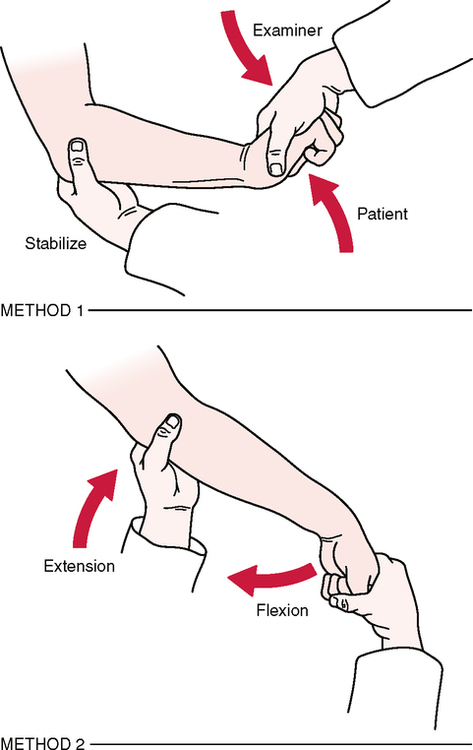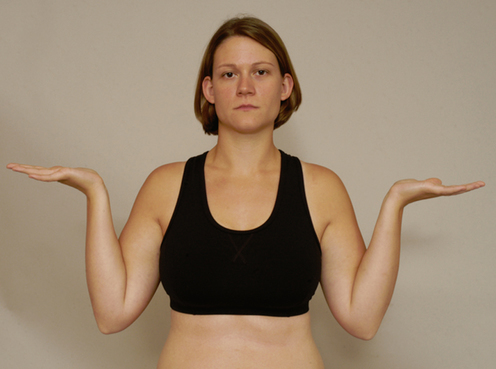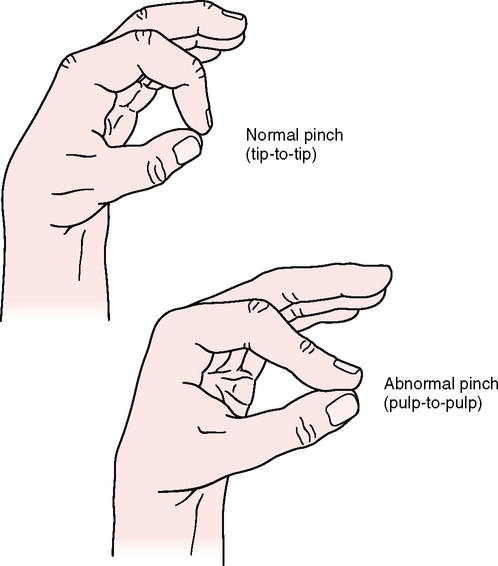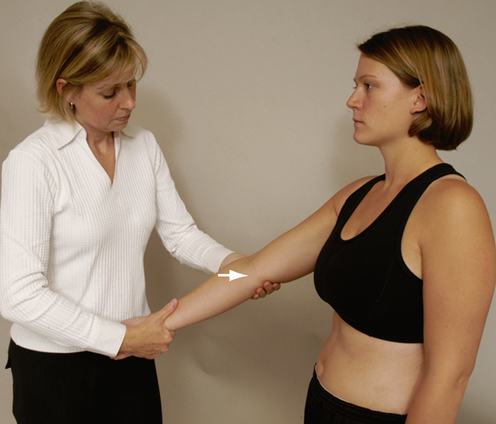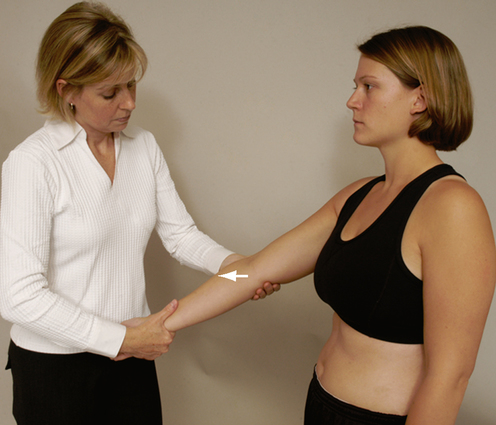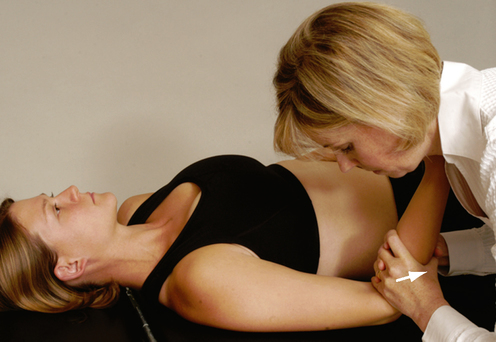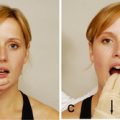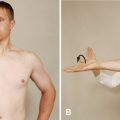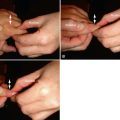1. Tarr, RR, Garfinkel, AI, Sarmiento, A. The effects of angular and rotational deformities of both bones of the forearm. J Bone Joint Surg Am. 1984; 66:65–70.
2. Clarkson, HMMusculoskeletal assessment: joint range of motion and manual muscle strength. Philadelphia: Lippincott Williams & Wilkins, 2000.
3. Kapandji, AI. The physiology of the joints, vol 1, Upper limb. New York: Churchill Livingstone, 1970.
4. Askew, LJ, An, KN, Morrey, BF, et al. Isometric elbow strength in normal individuals. Clin Orthop. 1987; 222:261–266.
5. Cheung, EV. Chronic lateral elbow instability. Orthop Clin North Am. 2008; 39:221–228.
6. Kuhn, MA, Ross, G. Acute elbow dislocations. Orthop Clin North Am. 2008; 39:155–161.
7. Mehta, JA, Bain, GI. Elbow dislocations in adults and children. Clin Sports Med. 2004; 23:609–627.
8. Mehlhoff, TL, Noble, PC, Bennett, JB, et al. Simple dislocation of the elbow in the adult. J Bone Joint Surg Am. 1988; 70A:44.
9. O’Driscoll, SW, Morrey, BF, Korninek, S, et al. Elbow subluxation and dislocation: a spectrum of instability. Clin Orthop. 1992; 280:186–280.
10. O’Driscoll, SW, Bell, DF, Morrey, BF. Posterolateral rotary instability of the elbow. J Bone Joint Surg Am. 1991; 73:440–446.
11. Protzman, RR. Dislocation of the elbow joint. J Bone Joint Surg. 1978; 60:539.
12. Smith, JP, III., Savoie, FH, Field, LD. Posterolateral rotatory instability of the elbow. Clin Sports Med. 2001; 20:47–57.
13. Moore, L. Elbow subluxations. In: Sueki D, Brechter J, eds. Orthopedic rehabilitation clinical advisor. St Louis: Mosby, 2010.
14. O’Driscoll, SW. Acute, recurrent and chronic elbow instabilities. In: Norris TR, ed. Orthopedic knowledge update 2: shoulder and elbow. Rosemont, Ill: American Academy of Orthopedic Surgeons, 2002.
15. Regan, WD, Morrey, BF. The physical examination of the elbow. In: Morrey BF, ed. The elbow and its disorders. Philadelphia: Saunders, 1993.
16. O’Driscoll, SW. Classification and evaluation of recurrent instability of the elbow. Clin Orthop Relat Res. 2000; 370:34–43.
17. O’Driscoll, SW, Lawton, RM, Smith, AM. The “moving valgus stress test” for medial collateral ligament tears of the elbow. Am J Sports Med. 2005; 33:231–239.
18. Lee, ML, Rosenwasser, MP. Chronic elbow instability. Orthop Clin North Am. 1999; 30:81–89.
19. Kalainov, DM, Cohen, MS. The posterolateral rotary instability of the elbow in association with lateral epicondylitis: a report on three cases. J Bone Joint Surg Am. 2005; 87:1120–1125.
20. Ciccotti, MC, Schwartz, MA, Cicotti, MG. Diagnosis and treatment of medial epicondylitis of the elbow. Clin Sports Med. 2004; 23:693–705.
21. Maffulli, N, Wong, J, Almekinders, LC. Types and epidemiology of tendinopathy. Clin Sports Med. 2003; 23:675–692.
22. Nirschl, PR, Ashman, ES. Elbow tendinopathy: tennis elbow. Clin Sports Med. 2003; 22:813–836.
23. Pimentel, L. Orthopedic trauma: office management of major joint injury. Med Clin North Am. 2006; 90:355–382.
24. Whaley, AL, Baker, CL. Lateral epicondylitis. Clin Sports Med. 2004; 23:677–691.
25. Wilson, JJ, Best, TM. Common overuse tendon problems: a review and recommendations for treatment. Am Family Physician. 2005; 72:811–818.
26. Roles, NC, Maudsley, RH. Radial tunnel syndrome: resistant tennis elbow as a nerve entrapment. J Bone Joint Surg Br. 1972; 54:499–508.
27. Bencardino, JT, Rosenberg, ZS. Entrapment neuropathies of the shoulder and elbow in the athlete. Clin Sports Med. 2006; 25:465–487.
28. Chin, DH, Meals, R. Anterior interosseous nerve syndrome. J Hand Surg. 2001; 1:249–257.
29. Gomes, I, Becker, J, Ehlers, JA, Nora, DB. Prediction of the neurophysiological diagnosis of carpal tunnel syndrome from the demographic and clinical data. Clin Neurophysiol. 2006; 117:964–971.
30. Izzi, J, Dennison, D, Noerdlinger, M, et al. Nerve injuries of the elbow, wrist, and hand in athletes. Clin Sports Med. 2001; 20:203–217.
31. Koo, JT, Szabo, RM. Compression neuropathies of the median nerve. J Hand Surg. 2004; 4:156–175.
32. Latinovic, R, Gulliford, MC, Hughes, RA. Incidence of common compressive neuropathies in primary care. J Neurol Neurosurg Psychiatry. 2006; 77:263–265.
33. Nithi, K. Physiology of the peripheral nervous system. Surgery. 2003; 21:263–264.
34. Pratt, N. Anatomy of nerve entrapment sites in the upper quarter. J Hand Ther. 2005; 18:216–229.
35. Buehler, MJ, Thayer, DT. The elbow flexion test: a clinical test for the cubital tunnel syndrome. Clin Orthop. 1988; 233:213–216.
36. Butler, DSMobilisation of the nervous system. Melbourne: Churchill Livingstone, 1991.
37. Bigg-Wither, G, Kelly, P. Diagnostic imaging in musculoskeletal physiotherapy. In: Refshauge K, Gass E, eds. Musculoskeletal physiotherapy: clinical science and practice. Oxford: Butterworth-Heinemann, 1995.
